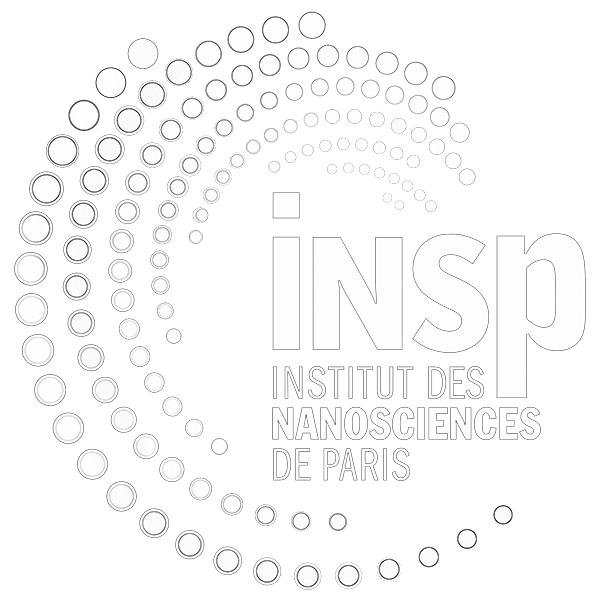List of members |
Facilities |
Internships and jobs |
PhD |
Publications |
News |
Team
- Permanent members: Marie Hervé, Tristan Cren, Marie d’Angelo, François Debontridder
- Former doctoral student: Eugenio Gambari
Van der Waals materials are emerging as extremely versatile building blocks for a wide range of applications including spintronics, superconductivity, nanoelectronics, and optics. Their unique ability to be stacked in virtually unlimited combinations makes them particularly attractive for exploring new and exotic physical phenomena, often yielding unexpected properties. The discovery of superconductivity and strongly correlated phases in twisted bilayer graphene stands as a striking example of the remarkable physics that can arise in Van der Waals heterostructures.
More recently, the discovery of ferromagnetic order persisting down to the monolayer limit in certain Van der Waals materials has opened new opportunities for engineering hybrid quantum materials. Among these, the chromium trihalide family, CrCl3, CrBr3 and CrI3 (CrX3, X = I, Br, Cl) is one of the most promising classes of two-dimensional magnetic systems. In the CrX3 compounds, magnetization has so far been shown to be essentially collinear. However, when integrated into Van der Waals heterostructures, these materials can develop moiré patterns that are expected to give rise to a wealth of exotic effects, including non-collinear magnetism. Recent experimental and theoretical studies have demonstrated that moiré potentials can periodically modulate the magnetic interactions between neighboring atoms, potentially leading to non-collinear spin textures such as spin spirals, vortices, or skyrmion lattices.
We are currently investigating monolayer CrX₃ systems coupled to various substrates to explore how this interfacial interaction influences their magnetic order.
Publication
“Higher Order Topological Defects in a Moiré Lattice”
Eugenio Gambari, Sebastian Meyer, Sacha Guesne, Pascal David, François Debontridder, Laurent Limot, Fabrice Scheurer, Christophe Brun, Bertrand Dupé, Tristan Cren, Marie Hervé.
Advanced functional materials, 34, 2407438 (2024)
https://hal.science/hal-04544986
Contact : marie.herve(at)insp.jussieu.fr
Fundings
- ANR MASCOTTE
- ANR IRONY
Collaboration
Bertrand Dupé – Fonds de la Recherche Scientifique (FRS-FNRS) – Université de Liège Nanomat/Q-MAT
INSP Highlight
Controlling the Winding Number of Topological Defects through Materials Engineering

